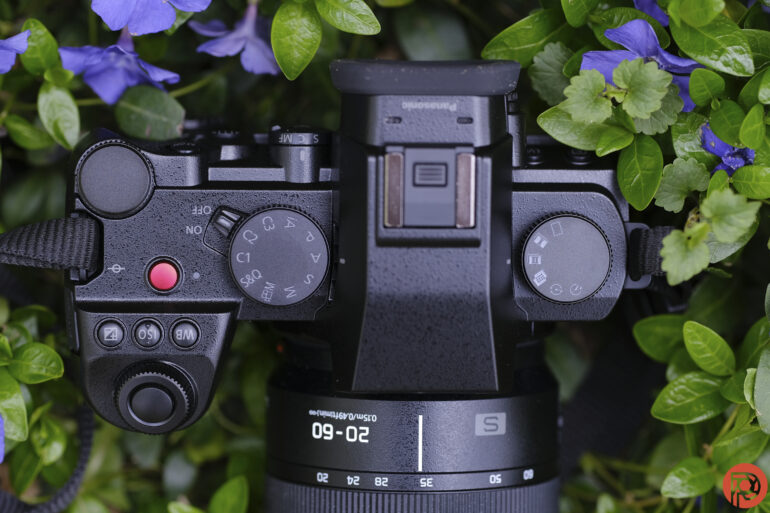As mirrorless cameras become increasingly photo-video hybrids, photographers are left wondering, am I paying for features I will never use? While there are undoubtedly cameras that are video focused such as the vlogging camera Sony ZV-E10, Panasonic has taken a slightly different approach: The Panasonic S5 IIx. Besides adding the X to the name, Panasonic added a few high-end, niche video features and blacked out logos, increasing the price by $200. And yet, the S5 IIx uses much of the same materials as the S5 II.
The guts of the Panasonic S5 IIx are nearly identical to the S5 II, with the same sensor, processor, stabilization, and autofocus system. But, the camera with the X in the name has a much longer list of video features, including wireless IP streaming and All-Intra. The black-out logo design may tempt a few photographers. And perhaps the ability to shoot directly to a hard drive — though there’s no buffer improvement — could be helpful for a few photographers. But, with the S5 now gaining Live Composite through firmware, there are a few reasons that creators focused on stills would choose the S5 IIx. Most will opt to save the $200 on the S5 II.
Are similar cameras with fewer features the new norm to avoid paying for unnecessary frills? As a photographer, I occasionally use video mode to take behind-the-scenes videos, social media content, or home videos of my family. But I’ve never used ProRes, and I had to Google what, exactly, All-Intra is. I wouldn’t want to pay more for them, but I don’t want to settle for an entry-level body either. I want a camera that’s high-end on the stills and entry-level on the video.

That’s why I appreciate what Panasonic is doing with the S5 Ii and the S5 IIx. Panasonic is abandoning neither photographers nor videographers. Both types of creatives see some new features. And — now that the latest firmware is out — there’s not much that the S5 II can’t do that the S5 could.
The S5 IIx’s approach is considerably better than the GH6, which gained several video features but lost features like Live Composite. The ability to layer in light changes in camera for star trails and light painting is a unique, highly valuable feature. (OM System also does this, but it’s otherwise a unique feature). That’s a pretty big loss for still photographers, particularly on a camera with a smaller sensor yet a larger body and price point than the S5 series.
The second generation of the S5 nearly made the same mistake, but Panasonic said the Live Composite would be coming with a firmware update and made good on that promise with today’s firmware update of the S5 II. The S5 IIx doesn’t need a firmware update and ships with the feature.
There are some features that are missing on the S5 II cameras—the 4K photo modes are gone and with them, in-camera focus stacking. Focus bracketing is still possible, but the photos have to be merged with software. The loss of 4K photo modes, while sad, isn’t tragic like the loss of Live Composite on the GH6. The 4K modes were reduced resolution and incompatible with RAW and flash, which limited their use. The 4K modes are missing on both the S5 II and S5 IIx; it’s not a feature differentiating between the two models.
Panasonic’s launch of two similar cameras so photographers don’t overpay for video features is a great approach. The most significant risk, in my opinion, is creating a confusing product line. For example, I had to do much more research when I bought my latest MacBook because I needed to understand the difference between the M1 Pro and the M1 Pro Max. If Panasonic can keep confusion at bay and not muddy the line between which camera is made for stills and which is made for video, I think the split between the S5 II and S5 IIx is good.


Leave a Reply